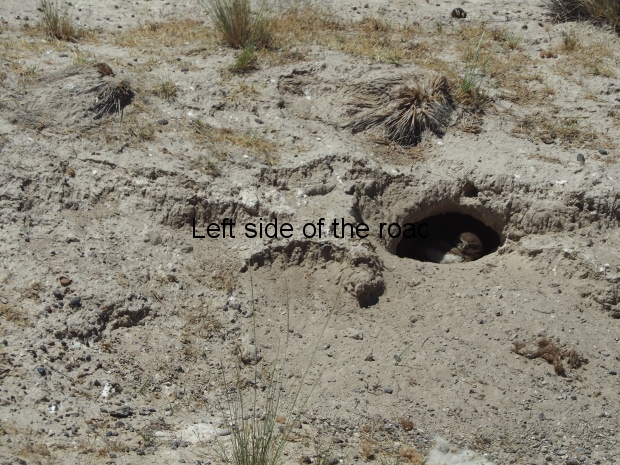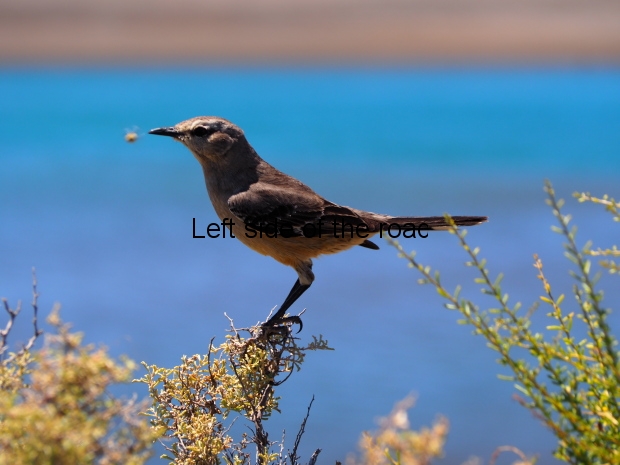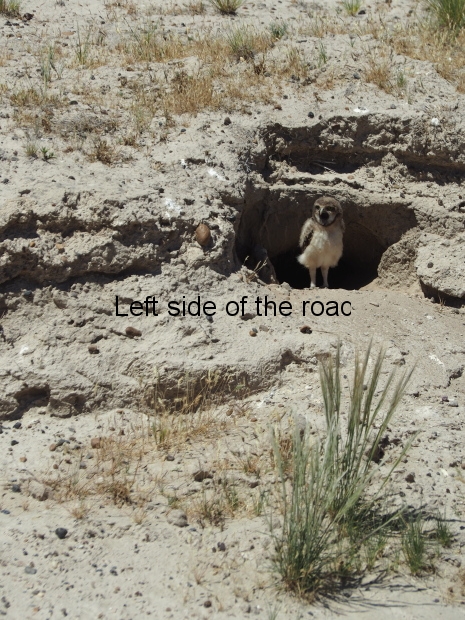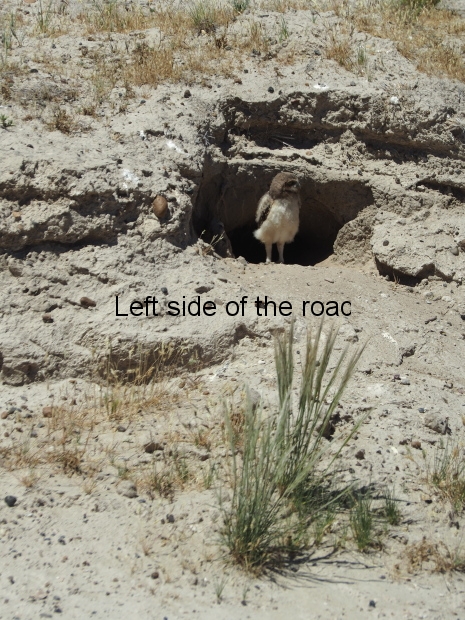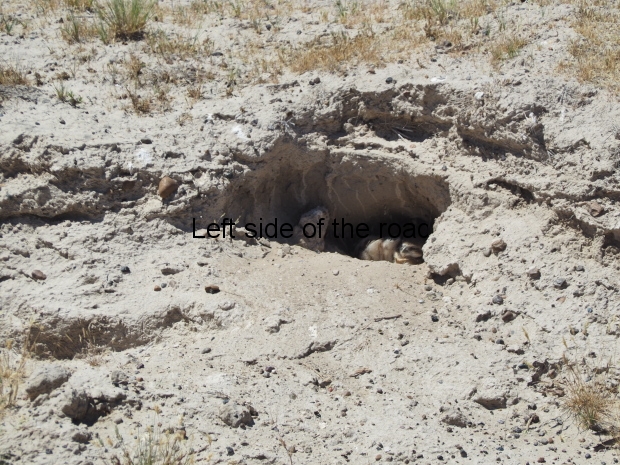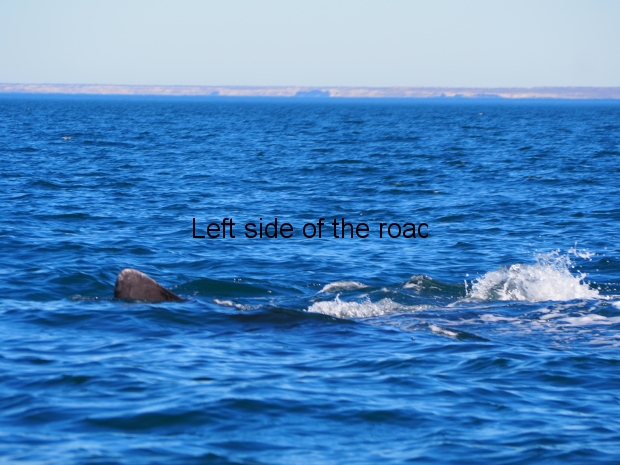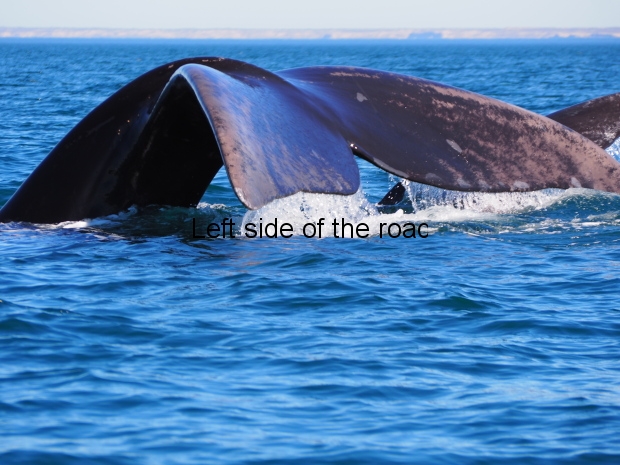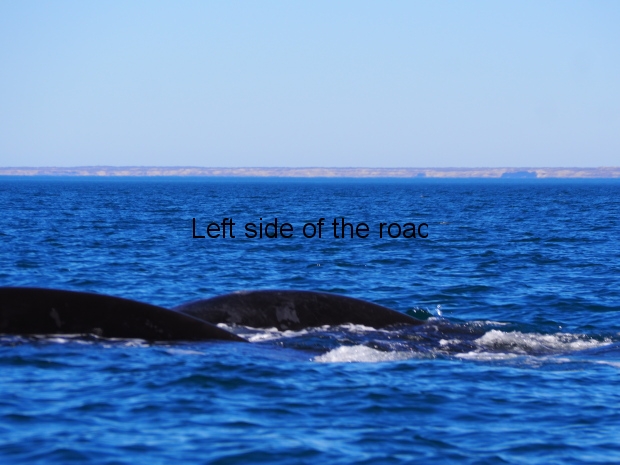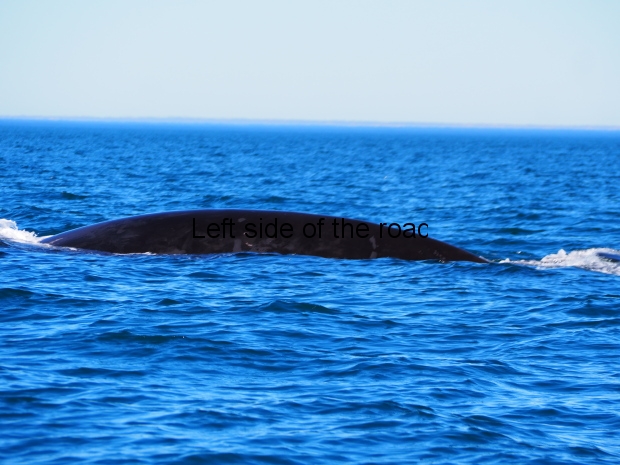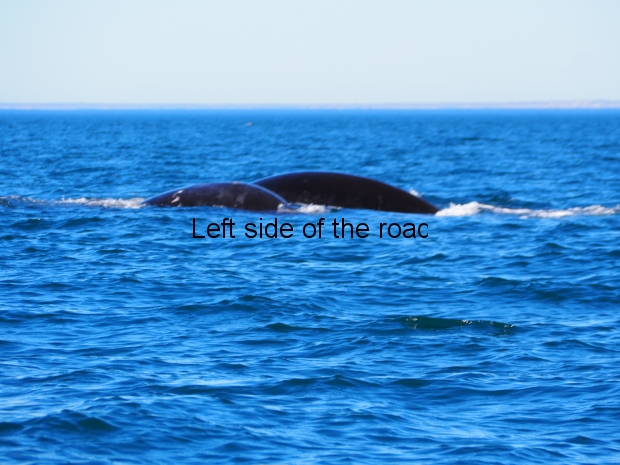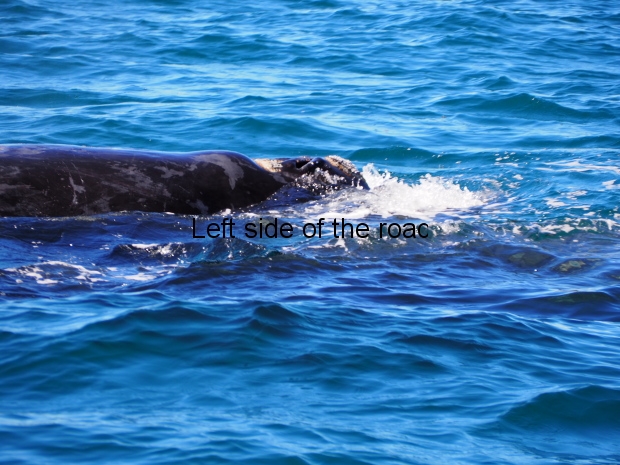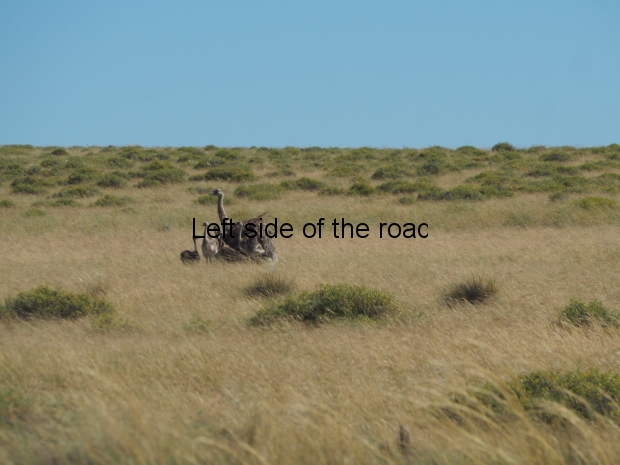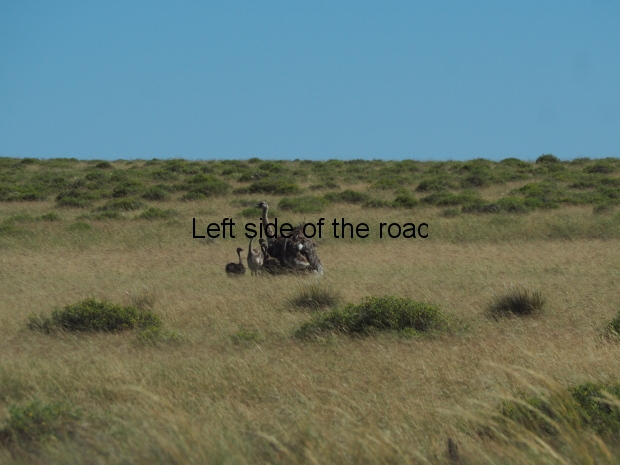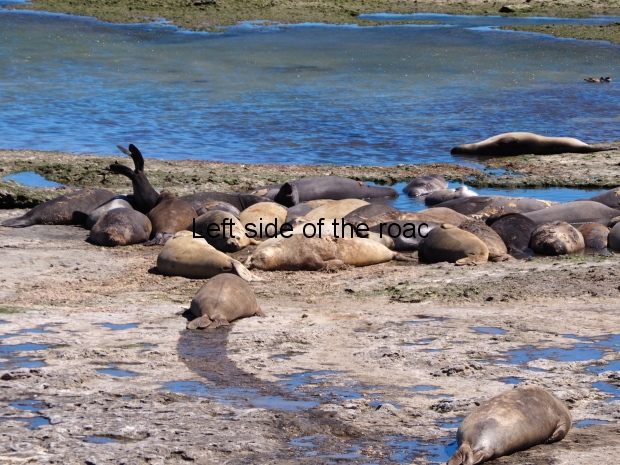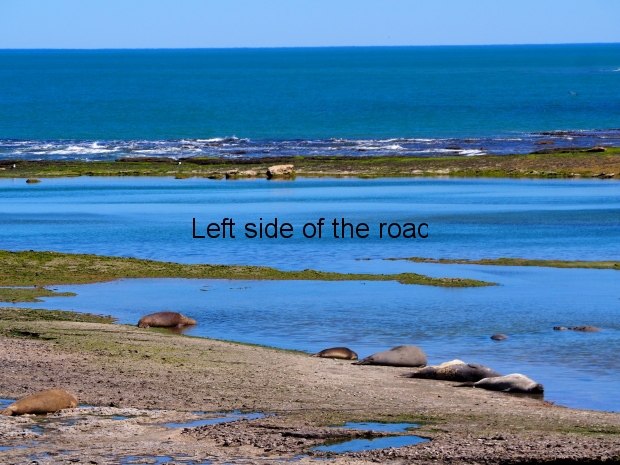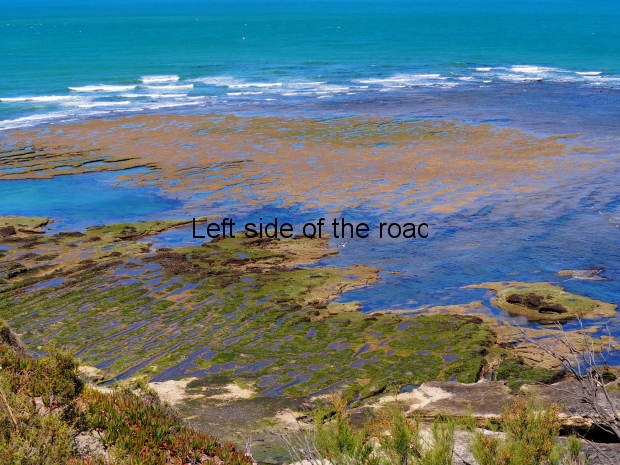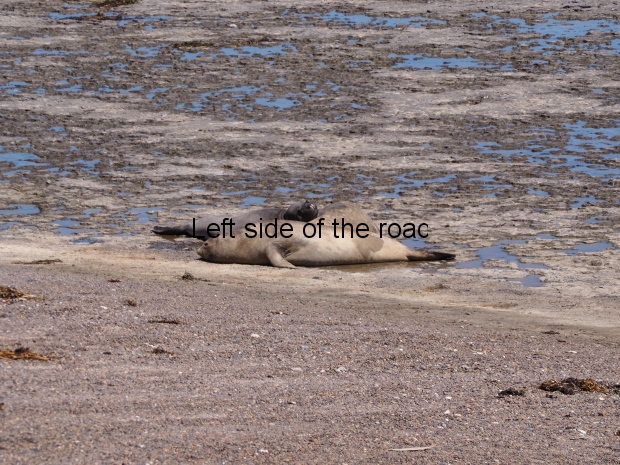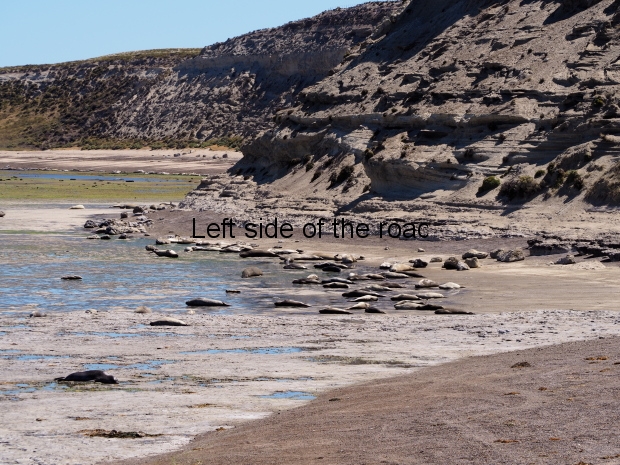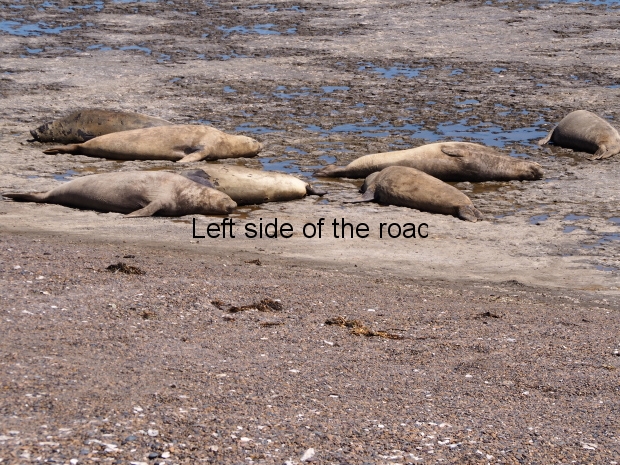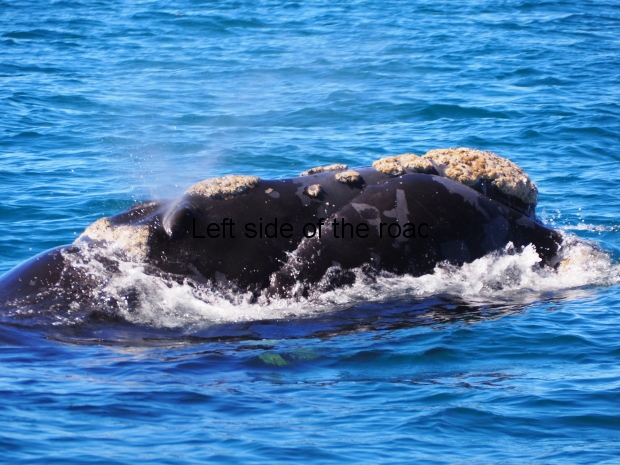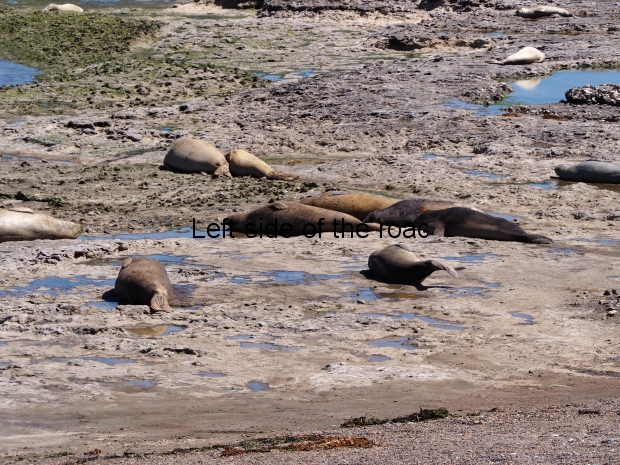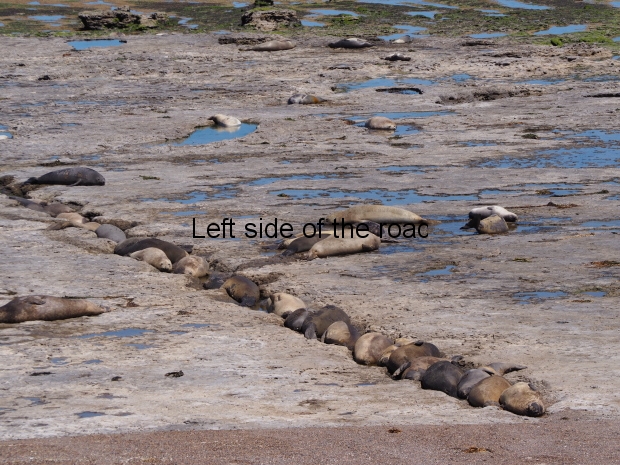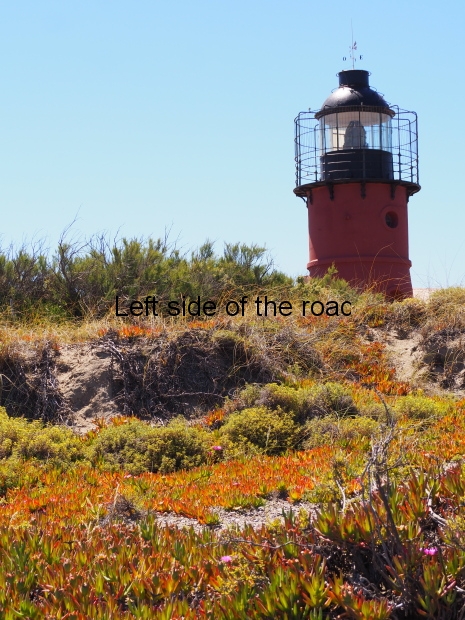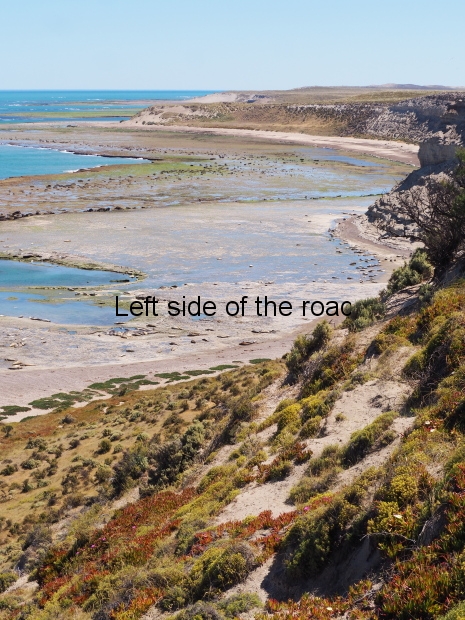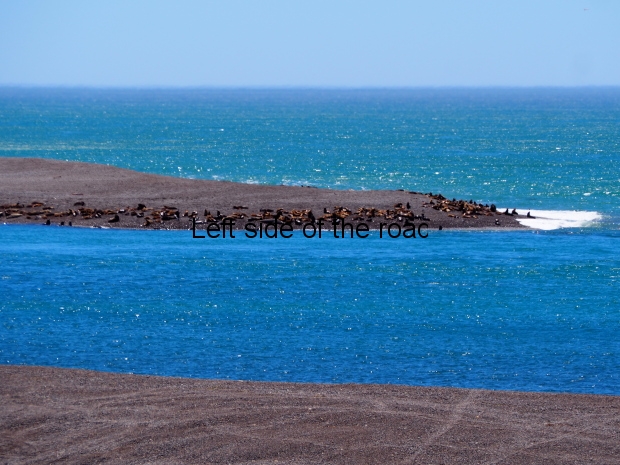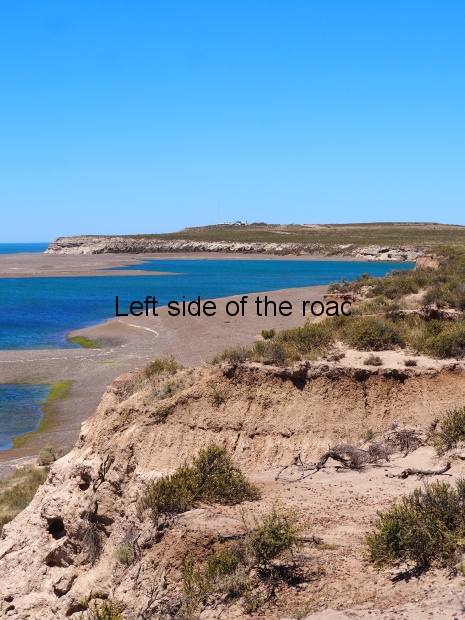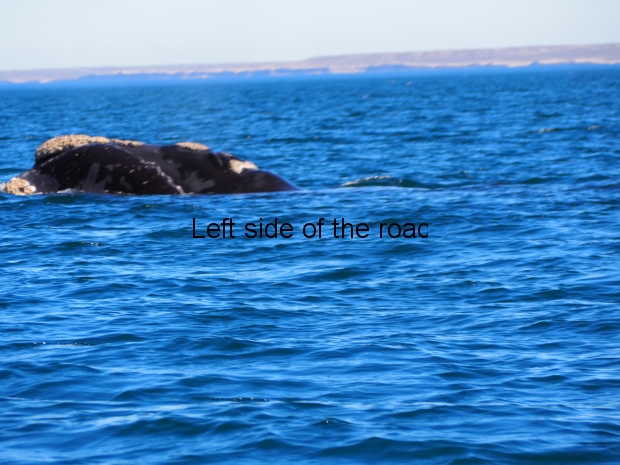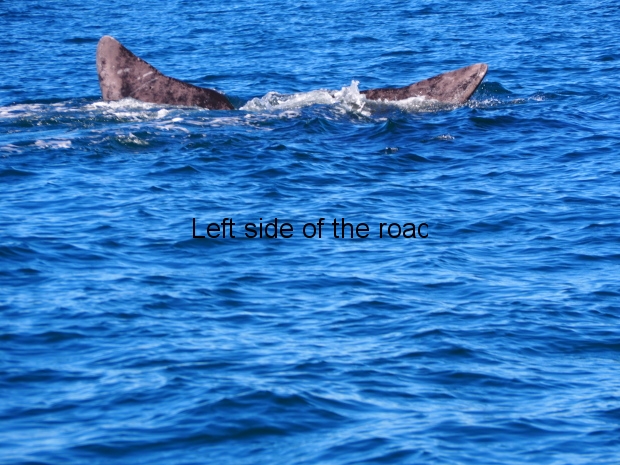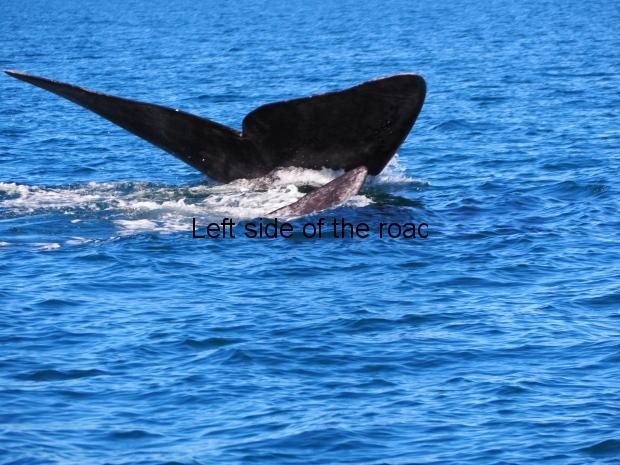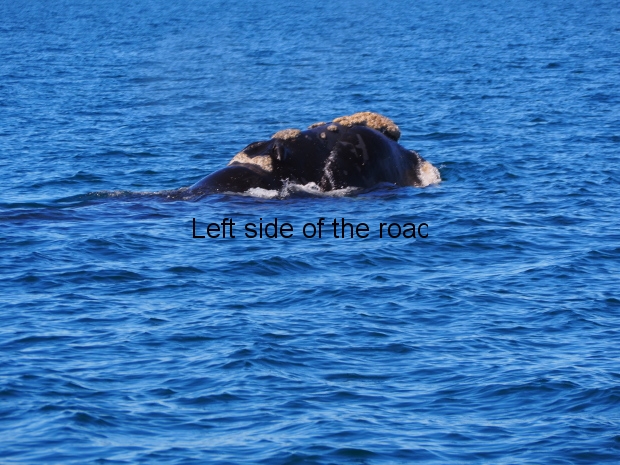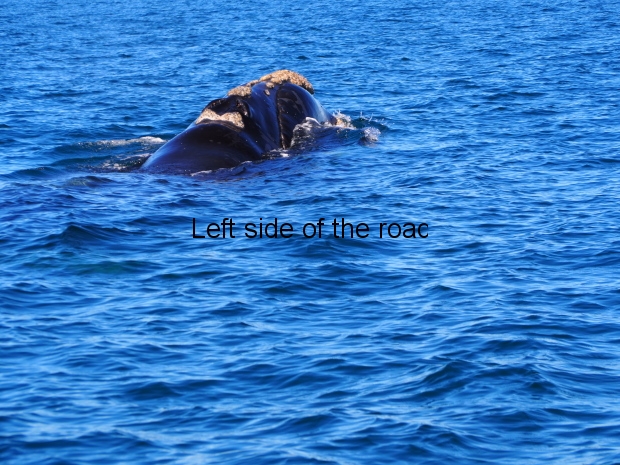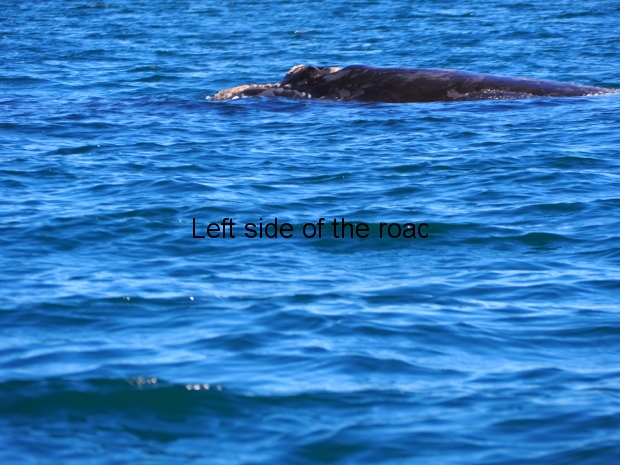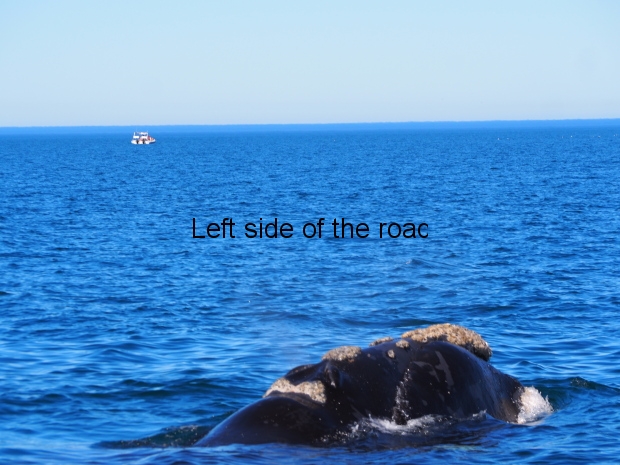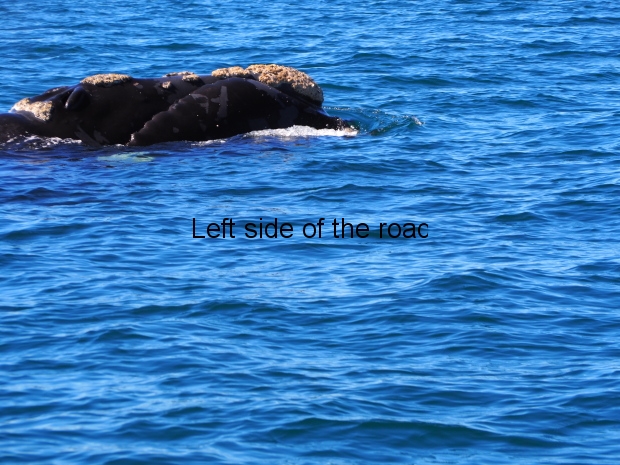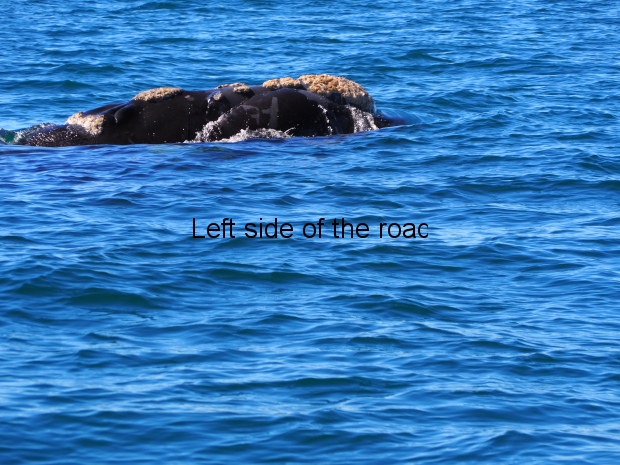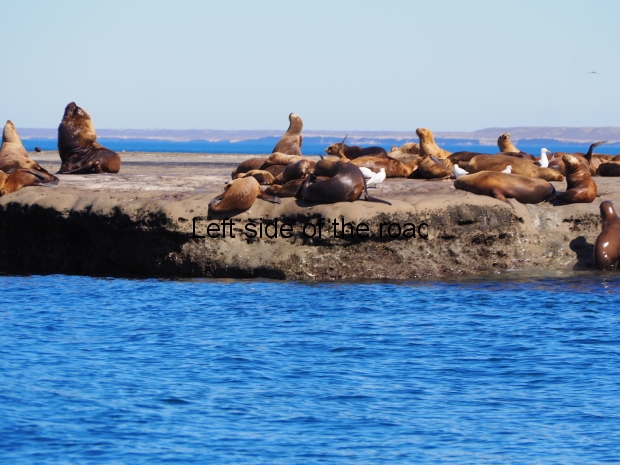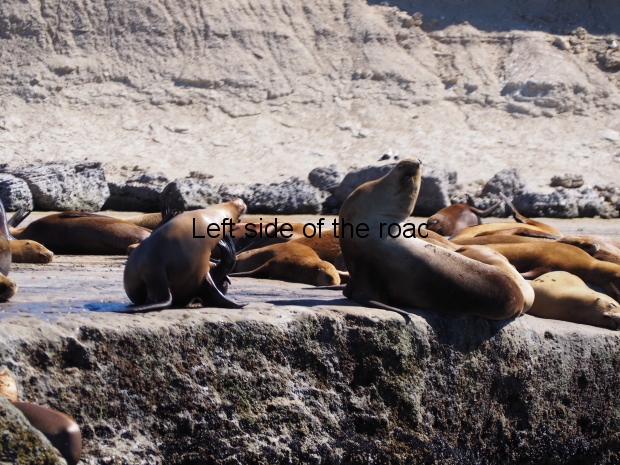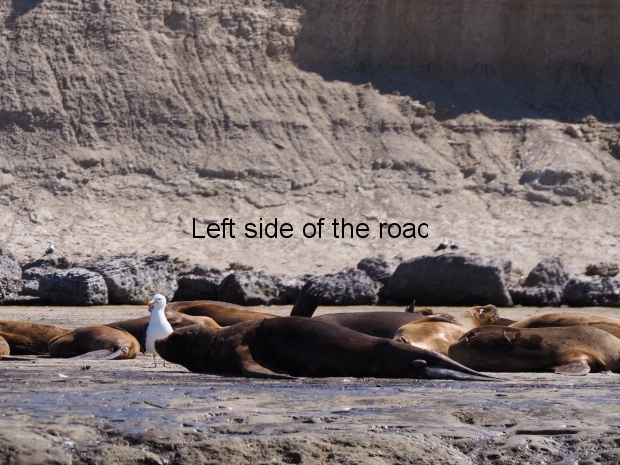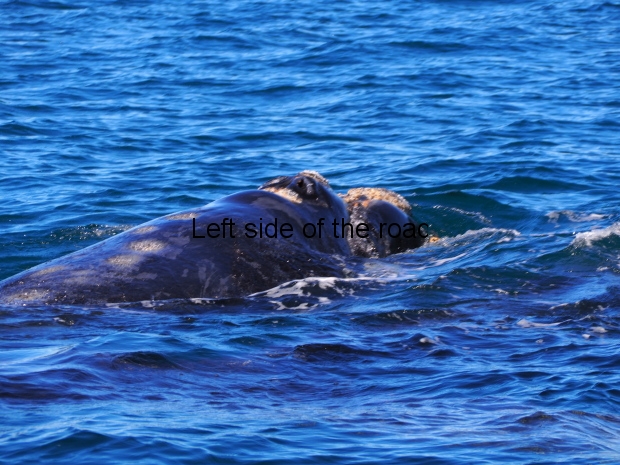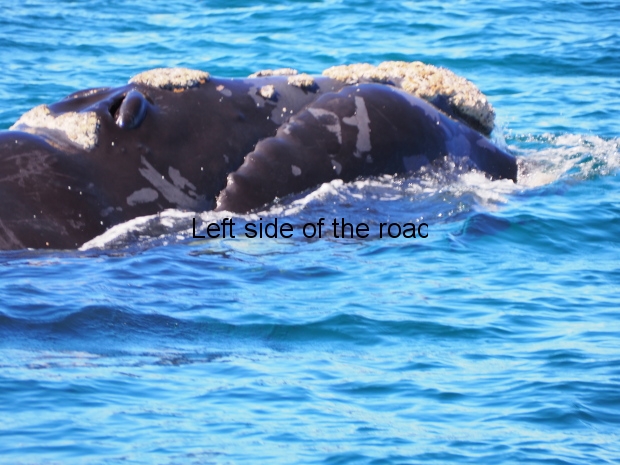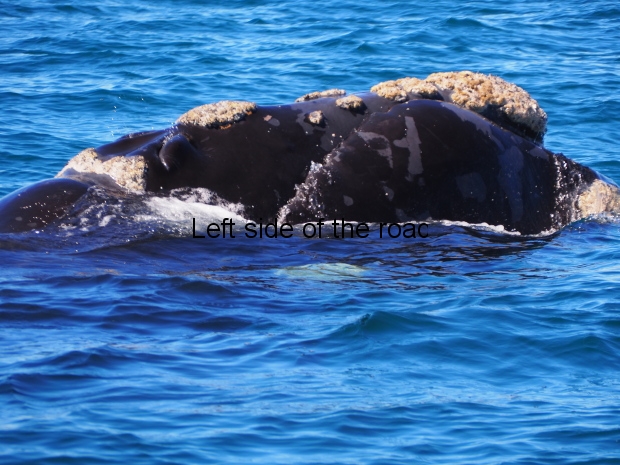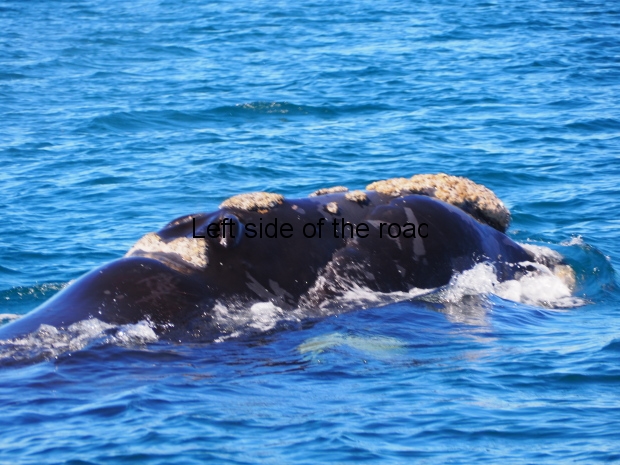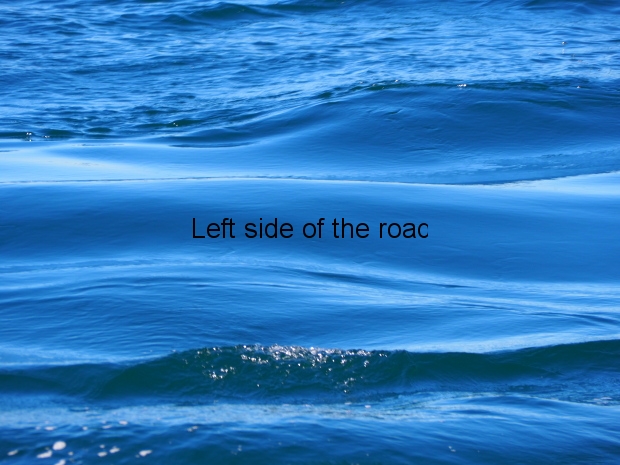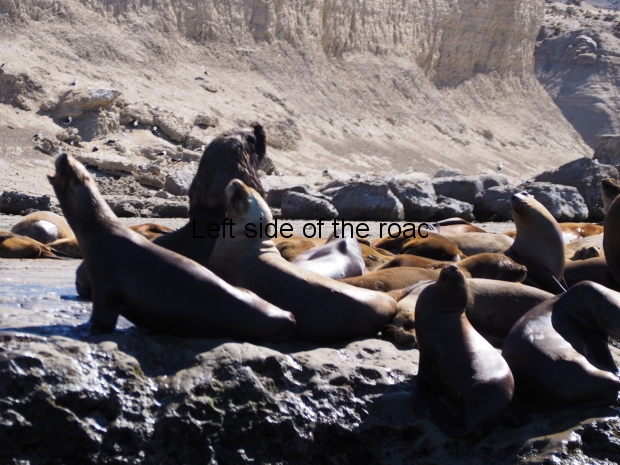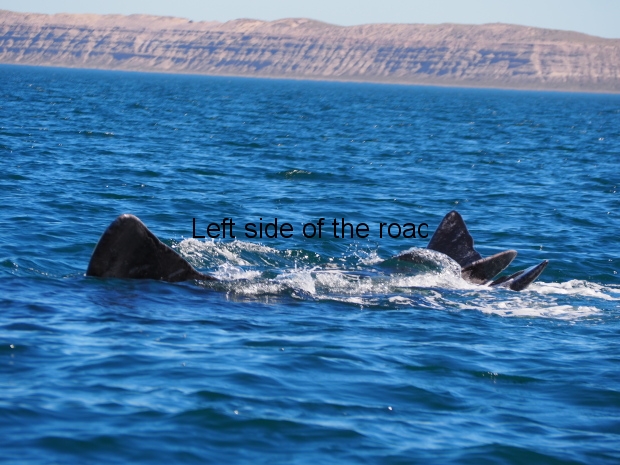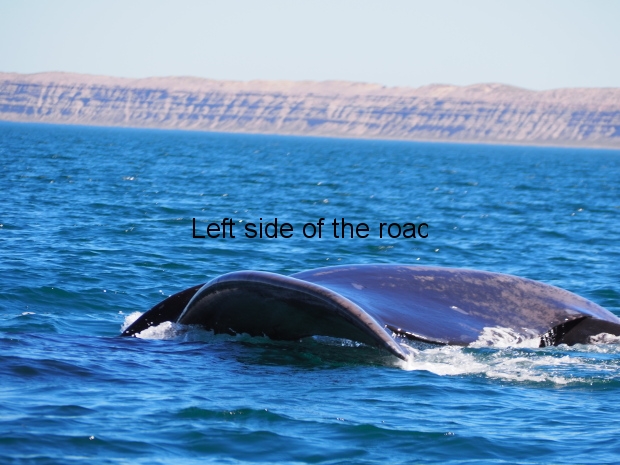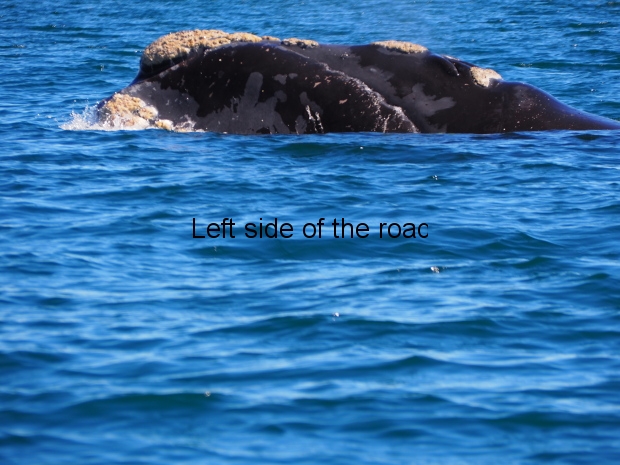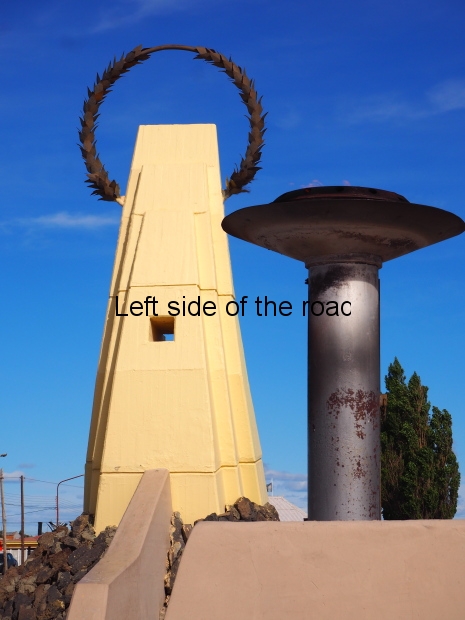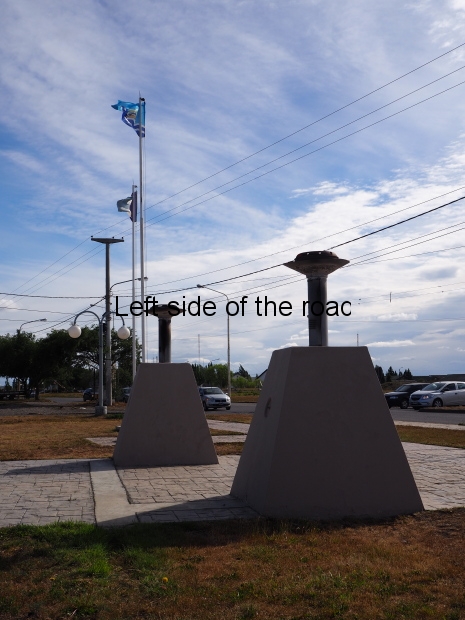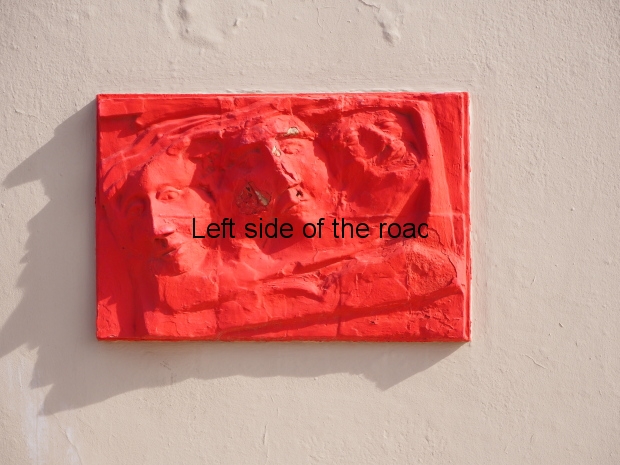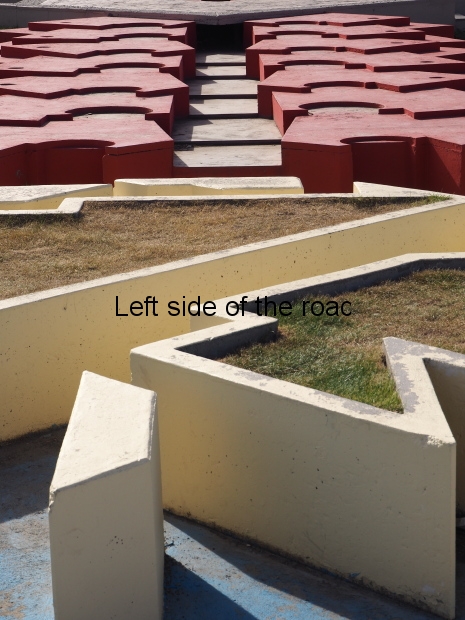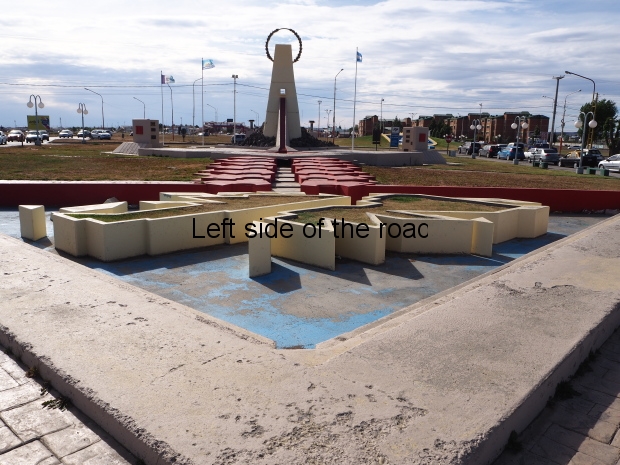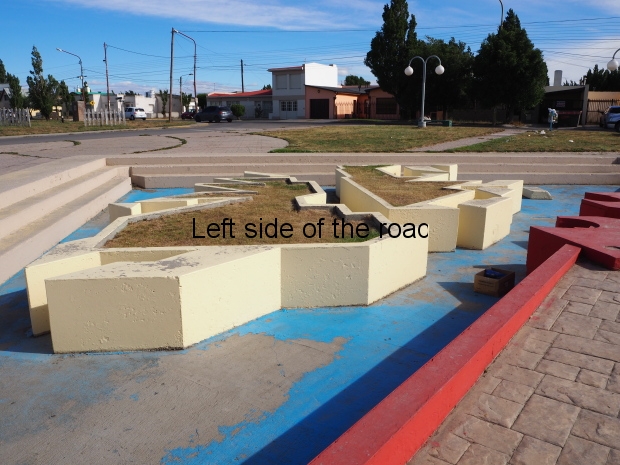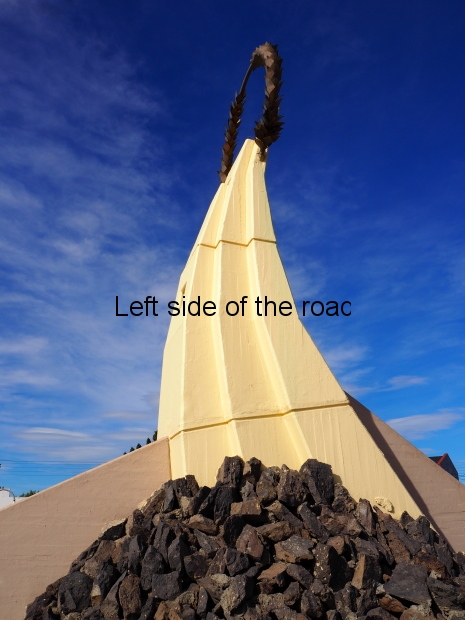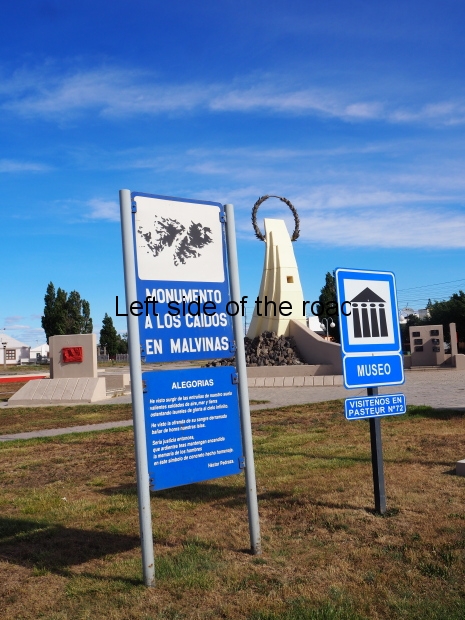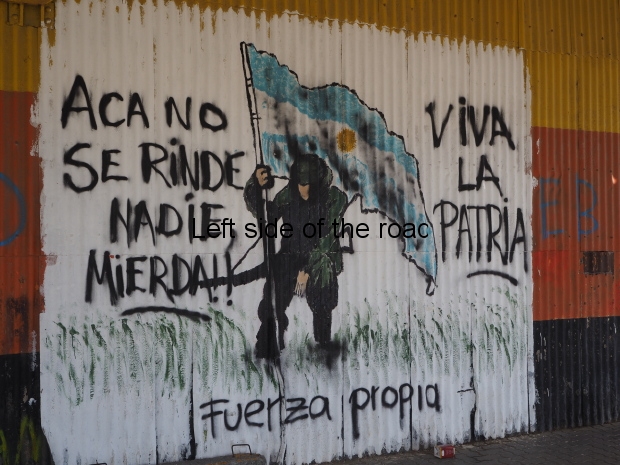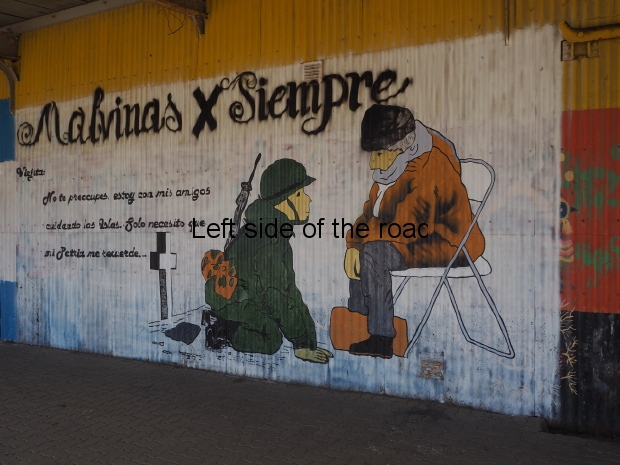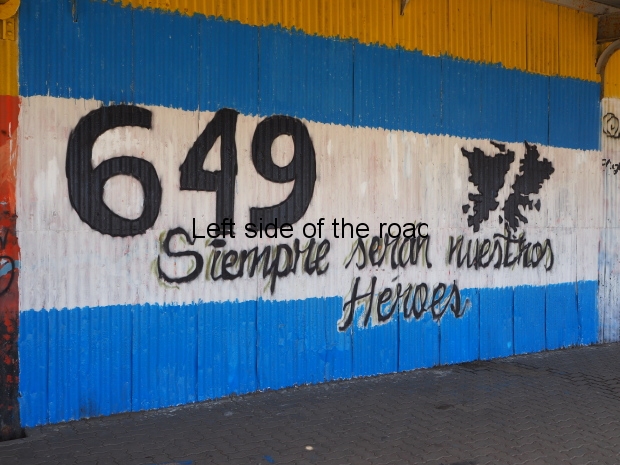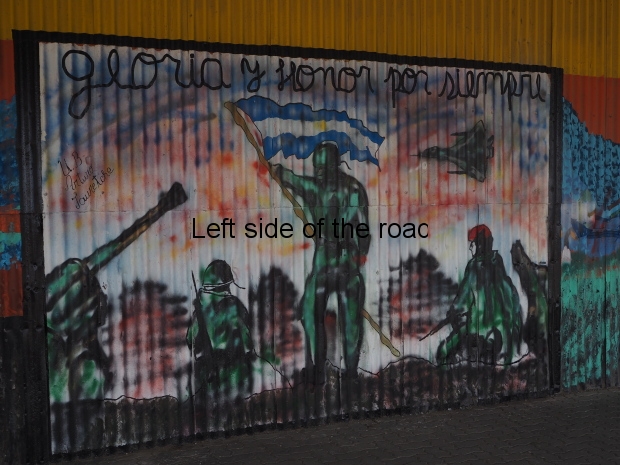
Peninsula Valdés, whales and elephant seals
Peninsula Valdés is probably the most accessible of places for visitors, both Argentinian and foreigners, to get a chance to see whales, elephant seals, sea lions and penguins (who were at a part of the peninsula I didn’t visit). Regular, day long tours start from the town of Puerto Madryn which is ‘only’ a 19 hour overnight bus journey from Buenos Aires. (In Argentinian terms that’s close.)
I won’t be going into much detail about the animals themselves as other places will provide more detailed and accurate information than I can. All I want to do here is give a bit of information about how such a visit can be made, with up to date costs and to provide a gallery of images taken at the time of my visit.

Flora and Fauna of the Peninsula Valdes
There is a bit of confusion about the times that whales can be seen in the Golfo Nuevo. I was there at the beginning of December. Most information states that the whales would have gone by then, having spent previous months in the birthing and mating process they would then be ready to head south to start feeding in the Antarctic summer. That’s true to a certain extent but perhaps due to the fact they are no longer hunted some stay in the area for a bit longer. However, locals stated that the trip I was on was lucky to have seen a couple of whales (a mother and calf) nonetheless.
A comment on the images
The pictures of the whales were taken from a tourist boat that was only on the water for an hour. Those images that people are used to now from natural history programmes on the BBC see virtually everything that these mammals do. But the crews will be there for months and hundreds of hours of filming will take place before the spectacular breaches –which everyone on the boat I was on would have loved to have seen (including me) but the chances of which were probably less than zero. At the same time a mother would not be playing around with a young calf in tow. Such antics are for the young and unattached or the large males with nothing else to do.
So the pictures are more a representation of what any visitor is likely to see, so don’t get your hopes up to much – although I was pleased to see what we did.
I did get the feeling that we were bothering the mother and calf. It was the same pair we saw about 5 or 6 times during about 30 minutes. On two occasions the mother took her offspring down to the depths, possibly to get away from us. At the same time we were only there for a short time and we might well have been the only boat that had bothered that particular pair of creatures over the course of the season.
At the same time at least we weren’t trying to kill them and by all accounts the community in Golfo Nuevo is growing year on year. The whales that you are likely to see in the bay is the Southern Right Whale (Eubaleena australis). Orcas (killer whales) are also in the region but not on the day I was there.
As for the elephant seals the time of my visit was after the mating season and what we saw on the beach were mothers and their calves from this year. The males had finished the fighting over territory and harems and had left. The Peninsula Valdes is a National Park so there are restrictions on how close visitors can get to the animals. Again understandable for both sets of animals. The marine creatures have to be protected from the human animals and the human animals have to be protected from their own stupidity. Taking a selfie with a male elephant seal in full mating fighting form would be interesting.
So those pictures come with distance but, hopefully, give an impression of the scene in the beginning of December.
Useful Information
There are a number of agencies that run these tours from Puerto Madryn, with prices that are, more or less, the same. There might be some variation but whether it is worth the time spent to save a couple of pound is worth it is debatable. I just took the suggestion from the hostel I was staying in – all I had to do was pay and be ready at 07.15 in the morning to be picked up in the tour minibus.
Costs – December 2018
All day bus tour, plus an hour’s boat excursion to attempt to see the whales = A$3,550 (about £75.00)
Added to this is the cost of entrance to the National Park = A$520 (about £11.00)
Also, the land on which the elephant seals congregate is private (although within a National Park) and there is an expectation that visitors will eat in their restaurant. A little bit overpriced but quite good nonetheless. Some people brought a picnic and although there were long faces they were allowed to stay but other guides might be more forthright than the one leading our tour. So think about adding, more or less, another A$500. Not a cheap day but if you are lucky you will see quite a lot.
Apart from the marine animals the bird life is quite prolific and there are also chances to see armadillos (we saw one), guanacos, and choique (a breed of rhea – large, flightless bird) amongst others.

